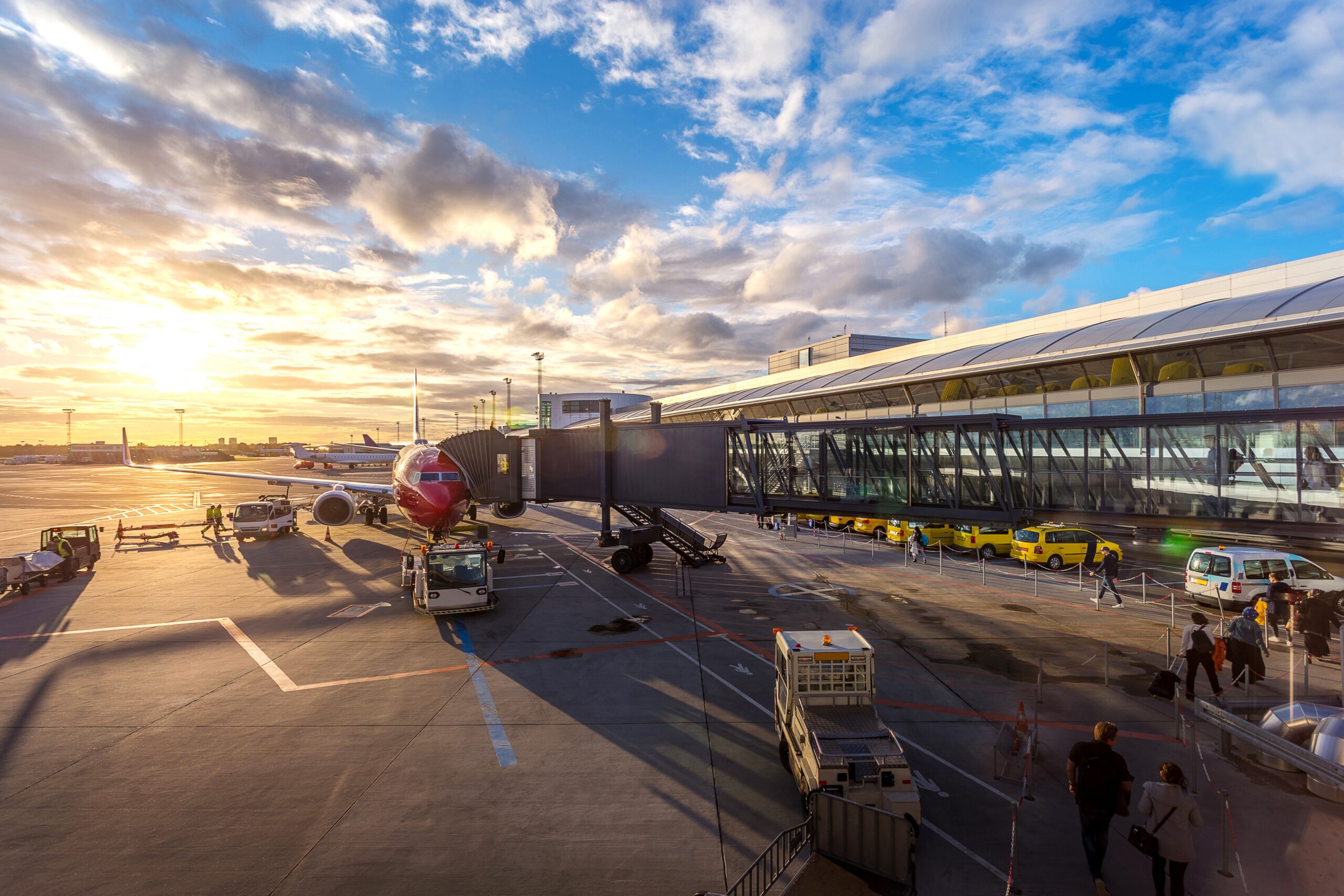
05 Jun The Impact of St. Louis Transportation Infrastructure on Commercial Real Estate

Transportation infrastructure significantly impacts a city’s economic growth and development. In St. Louis, a well-connected and efficient transportation system directly impacts the commercial real estate market. Businesses rely on reliable transportation networks to move goods and services, and accessibility to transportation hubs can significantly influence the desirability and value of commercial properties. In this paper, we will explore the effect of the St. Louis transportation infrastructure on commercial real estate and discuss its implications for businesses and investors.
Access to Major Highways and Interstates
St. Louisville gains advantages from its advantageous position where multiple major highways and interstates, such as Interstate 70 and Interstate 64, intersect. These highways provide crucial transportation corridors for moving goods and services within and beyond the city. Commercial properties near these highways enjoy enhanced accessibility, making them attractive for businesses that rely on efficient transportation logistics. Accessibility to major highways can also increase property values and demand for commercial real estate in St. Louis.
Proximity to Airports
St. Louis is served by two major airports: Lambert-St. Louis International Airport and MidAmerica St. Louis Airport. These airports provide essential air transportation services for both passengers and cargo. Commercial properties located near these airports can benefit from the convenience of air travel, attracting businesses that require frequent air transportation or rely on efficient cargo logistics. Nearby airports can facilitate industries like distribution, warehousing, and e-commerce by enabling swift and streamlined transit of goods.
Availability of Public Transportation
Public transportation systems like buses and light rail are vital in connecting people and businesses within St. Louis. These convenient and reliable modes of transportation not only benefit individuals but also have a significant impact on commercial real estate. For those seeking commercial property for sale St. Louis, the availability of nearby public transportation can greatly enhance its appeal, especially for companies that prioritize accessibility for both employees and customers. Proximity to public transportation hubs and routes can increase foot traffic, improve workforce recruitment, and contribute to the vibrancy of commercial areas.
Impact on Property Values
The transportation infrastructure in St. Louis can directly impact property values for commercial real estate. Properties with excellent transportation access and connectivity are often in high demand and command higher prices. Businesses value the convenience and efficiency of transportation networks, as they can lead to cost savings, improved customer accessibility, and streamlined supply chains. Investors in commercial real estate often prioritize locations with solid transportation infrastructure, recognizing the potential for higher returns and long-term value appreciation.
Transit-Oriented Development
Transit-oriented development (TOD) is an urban planning approach that creates mixed-use developments around transportation hubs. TOD aims to maximize the potential of transportation infrastructure by promoting a combination of residential, commercial, and recreational spaces within walking distance of public transportation stations. In St. Louis, the development of TOD projects can stimulate economic growth, enhance urban revitalization, and create attractive destinations for businesses, residents, and visitors. Commercial properties in or near TOD areas can benefit from increased foot traffic, customer convenience, and a vibrant urban environment.
Conclusion
The transportation infrastructure in St. Louis plays a crucial role in shaping the commercial real estate market. The desirability and value of commercial properties are influenced by factors such as easy access to major highways and interstates, proximity to airports, the presence of public transportation, and the development of transit-oriented projects. Businesses and investors should consider the impact of transportation infrastructure when making location decisions and investment choices. By understanding the relationship between transportation accessibility and commercial real estate, stakeholders can strategically position themselves to capitalize on the economic opportunities St. Louis’ transportation network offers.
Frequently Asked Questions (FAQs)
1: How does proximity to major highways and interstates impact the value of commercial real estate in St. Louis?
Proximity to major highways and interstates in St. Louis can significantly impact the value of commercial real estate. Properties located near these transportation arteries enjoy enhanced accessibility, attracting businesses that rely on efficient transportation logistics. The convenience and connectivity these transportation networks provide can increase property values and demand for commercial real estate in St. Louis.
2: Are specific areas in St. Louis known for their transit-oriented development?
Yes, some areas in St. Louis have embraced transit-oriented development (TOD) principles. The Cortex Innovation Community, located in the Central West End neighborhood, is an example of a TOD project that combines commercial, residential, and research spaces around a light rail station. The Delmar Loop is another area known for its TOD characteristics, offering a mix of retail, entertainment, and residential developments along a light rail corridor.
3: How does the availability of public transportation impact commercial real estate in St. Louis?
The availability of public transportation in St. Louis can positively impact commercial real estate. Properties near public transportation hubs or along transit routes can benefit from increased foot traffic, customer accessibility, and workforce convenience. Businesses often value the comfort and sustainability of public transportation, making properties with proximity to public transit more attractive.
4: What are the advantages of locating a business near an airport in St. Louis?
Locating a business near an airport in St. Louis offers several advantages. Being close to airports offers convenient air travel access for passengers and cargo, facilitating seamless connections for companies to regional, national, and international markets.
Companies that rely on frequent air transportation or require efficient cargo logistics can benefit from reduced travel time and improved supply chain operations.
5: How does transportation infrastructure impact workforce recruitment for businesses in St. Louis?
Transportation infrastructure, including public transportation and proximity to major highways, can influence workforce recruitment for businesses in St. Louis. Convenient transportation options make it easier for employees to commute to work, expanding the potential talent pool. Accessible transportation networks can also attract employees who prefer alternative modes of transportation, such as public transit or walking/biking. These factors contribute to a business’s ability to attract and retain a skilled workforce.
6: Can developing transit-oriented projects in St. Louis benefit commercial real estate investors?
The development of transit-oriented projects in St. Louis can benefit commercial real estate investors. Transit-oriented action creates vibrant mixed-use areas that attract businesses, residents, and visitors. Commercial properties located in or near transit-oriented developments can benefit from increased foot traffic, customer convenience, and the overall economic vitality of the area. These factors can contribute to higher property values and increased demand for commercial real estate.
 CLICK HERE FOR PODCAST
CLICK HERE FOR PODCAST

